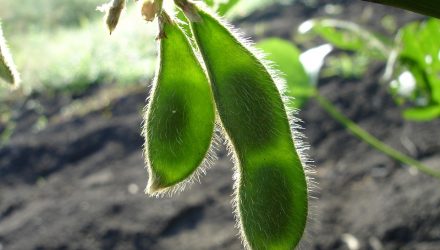According to a Famer’s Advance report, the next year should be challenging for the biggest players in the soybean market. Nonetheless, Brazil is forecast to come out on top when all is said and done.
The agricultural market has certainly had its fair share of challenges this year. In addition to geopolitical factors affecting supply, harsh weather conditions from El Niño have added another obstacle for farmers.
When that time horizon is expanded to the last five years, it’s been even more challenging.
“After a five-year run that featured a costly trade war and an even costlier, deadly pandemic, the biggest players in the global soybean market — the United States, Brazil and China — are positioning themselves for a big, bruising 2023/2024 marketing year,” the Famer’s Advance report said.
As mentioned, Brazil should come out ahead despite challenging weather conditions that saw heavy rainfall in certain parts of the country that affected soybean supply. Additionally, there’s also been areas experiencing heavy droughts affecting the Amazon River. This presented logistical challenges with exporting goods like soybeans. Still, Brazil is expected to exceed the previous year’s production when looking ahead to the next year’s crop yield.
“The U.S. Department of Agriculture (USDA) forecasts that Brazil’s mostly planted 2023/24 crop will yield an export hogging 6 billion bu., 5% more than last year’s record production and an astonishing 16% larger than the 2020/2021 crop,” the report added.
Less Crop Stress in 2024?
The big question is whether El Niño will play another major role in determining crop yields for the new year. While it’s difficult to accurately predict, the expectation moving forward is that milder weather should follow a challenging past few years.
“Two factors favor that outlook. First, after three consecutive years of dry, hot La Niña weather, this year’s El Niño should bring more moisture and less crop stress,” the Famer’s Advance report said, adding that “for the first time in memory, soy production costs are falling, encouraging Brazilian farmers to do what farmers anywhere would do: swap costly corn acres for cheaper bean acres.”
With so many factors weighing in on soybean production, the uncertainty could make for a volatile soybean market, which should appease traders. If that’s the case, they may want to consider using the Teucrium Soybean Fund (SOYB). The fund provides similar exposure to what investors could obtain by trading in soybean futures contracts. It’s also an option for longer-term buy-and-hold investors who want to diversify their current portfolios with commodities exposure.
For more news, information, and analysis, visit the Commodities Channel.

